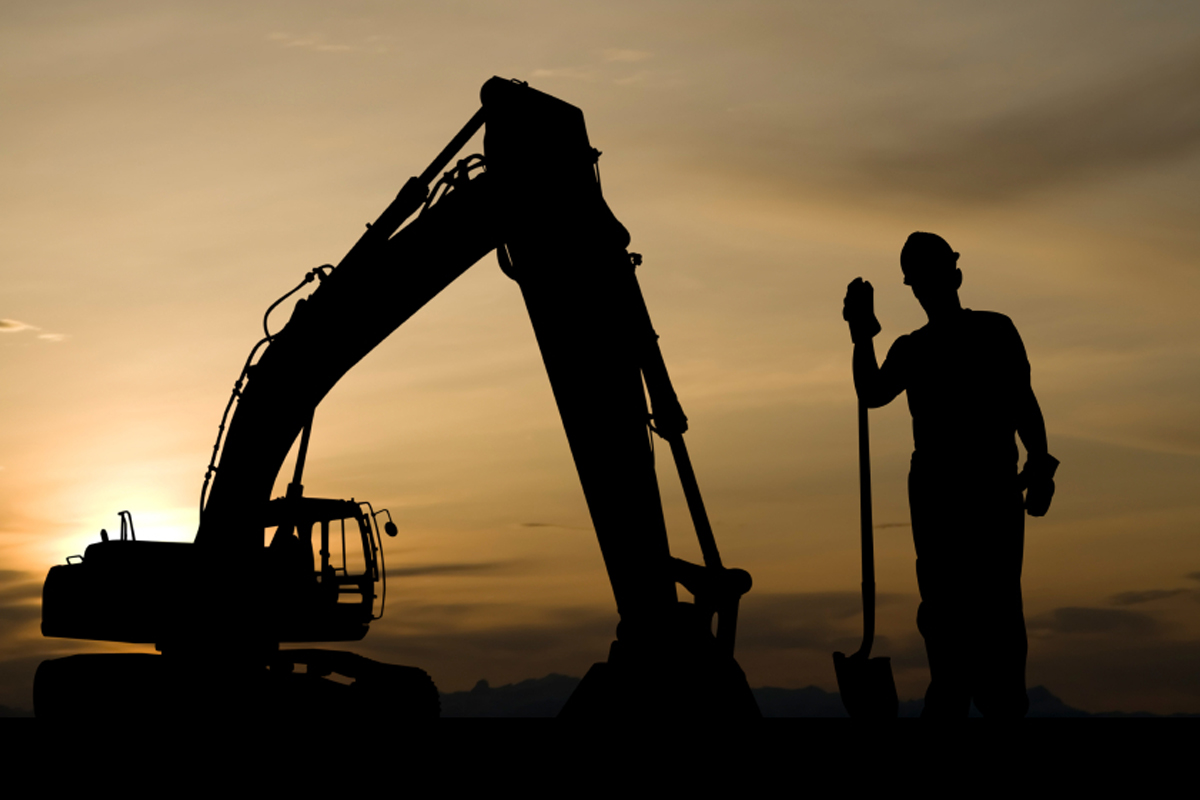Greenland stumbles in a leading annual mining-industry survey

One thing to keep in mind when considering the results of the annual Fraser Institute mining report is that is not based on fact.
Instead, the survey of the investment climate in various territories, released this year on February 28, in connection with PDAC, a huge mining convention, is based on the opinion of individuals in the mining industry. This year, Fraser Institute, a Canadian think-tank, based the report of 104 countries, provinces, states and the like, on 350 responses.
That it is not based on fact is something those with an interest in the industry can use to their advantage: when a territory’s ranking slides from one year to the next, it gives decision-makers a way to shield themselves from the blame.
For the more proactive, it provides a chance to have an influence in how rankings fall out. In heading to PDAC this year, for example, Múte Bourup Egede, Greenland’s mining minister, described his planned meeting with 40 hand-selected mining industry representatives as “a unique chance … to inspire them to think about Greenland as an interesting and attractive opportunity.” In addition to the private session, Mr Egede also hosted an open ‘Greenland Day’ event on March 6.
As it turns out, Egede’s sales pitch turned out to be more of a necessity than expected: his country’s ranking fell to 55th overall in the new survey, down 29 places from last year.
Three areas – taxation, labor regulation and political stability – were highlighted as the reasons for the decline, but Greenland’s ranking has steadily fallen since reaching its peak, seventh place, in 2013. In response, Greenland Business Association (known by its Danish acronym, GE), the country’s leading business lobby, now warns that, unless action is taken, mining is unlikely to make a significant contribution to the economy in the years to come.
“We risk missing out on big profits if we don’t open ourselves up to foreign activity and investments, and take a cue from the countries we compete with,” Brian Buus Pedersen, GE’s managing director, said in a statement. “The competition for investments is tough, and Fraser’s report shows us that Greenland has no particular advantage.”
Buus was especially concerned that the fall comes at a time when mining is poised for growth, and suggested Greenland’s image had been harmed by continued uncertainty about whether uranium mining would be permitted, as well as dissatisfaction in the industry with mining legislation and mining authorities.
Other forces may be at play: after a nine-place fall in 2014 led to demands from the national assembly for an explanation, Jens-Erik Kirkegaard, the mining minister at the time, pointed out that such dips could be expected when mining projects move along in the approval process and their owners increase their dealings with critical regulators.
The current slide comes as two mines prepare to open this year. More are expected in the next few years.
Speaking with sermitsiaq.ag, The Arctic Journal’s sister website, Egede admitted to being surprised by the results of the 2017 report, given the progress mining firms appeared to be making, and that no changes to mining regulations, often a source of dissatisfaction with the industry, had been made in the past year.
“It would seem that other countries have managed to make themselves more attractive,” he said.
Beauty in the mining industry, it appears, is in the eye of the project owner.